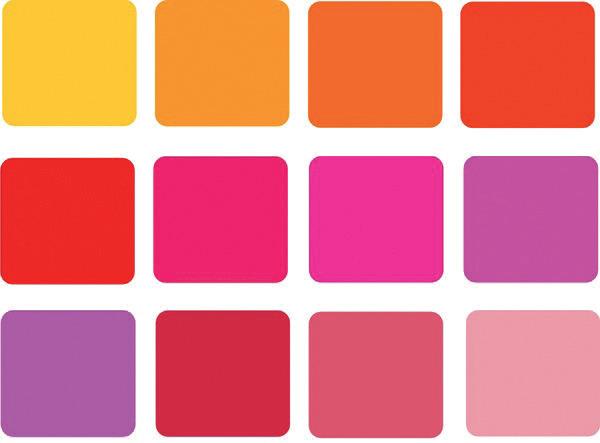004
Wedding Floral Design
005
2 / Wedding Floral Aesthetic Decoration Principles
2.2 Symmetry and Balance The ancient Greek philosopher Pythagoras said: “beautiful lines and all
In contemporary space decoration, people often undertake change on the
other beautiful forms must be symmetric.” Symmetry is the simplest balance.
foundation of basic symmetry to cause partial asymmetry or contrast, which is
The symmetrical and balanced arrangement of nuptial stage and table
also a kind of aesthetic principle.
flower art bring people a kind of solemn, orderly and harmonious beauty.
Wedding floral design is not simply a combination of various flowers. From
consideration. This not only involves specialized knowledge of floral art,
flower selection, color collocation, structure design, combinatorial strategy
but more importantly, as a florist, he should have basic aesthetic knowledge,
to the presentation of integral effect, each step needs florist’s careful
consciousness and ability to create and appreciate beauty.
American naturalistic aesthetician George Santayana asserted in 1896 that the most significant and distinctive problems in aesthetics are the problems of formalism. The study of formalism related to design works is an important part of modern design aesthetics and will also contribute to the development of modern design. The beauty of form is a kind of relatively independent
Design by Holly Heider Chapple Flowers
aesthetic object, which is generally composed of two major parts: one
Design by DENISE FASANELLO FLOWERS
is the perceptual material to create beautiful forms, and the other is the combination law between the perceptual materials and the principles of the beauty of form. The principles of formalism in aesthetics include proportion and scale,
2.3 Rhythm and Rhyme
symmetry and balance, rhythm and rhyme, contrast and echo and so on,
George Santayana
which are approached from simple to complex, from low level to high level
Rhythm is a regular repetition of strength and weakness and rhyme is the
back and forth interlacing between flower materials, the change of density and
time and again.
track of ups and downs. In brief, rhythm and rhyme refer to the performances
the division of color blocks, all should be regular. Otherwise, the work will
of things that are repeated regularly and changed in an organized way. It can
look chaotic.
be embodied by the size of the object, the virtual and real space, the density of the arrangement, the change of length, and the interpenetration of flexibility and rigidity, etc.
Common wedding floral art pursues less strict sense of rhythm and rhyme like artistic floral arrangement, however, if the florist wants to make his work more artistic and exquisite, like in table flower design, he must follow
Rhythm and rhythm are key to floral arrangement. As for composition, the
certain composition rules, as well as the rhythm and rhyme of artistic floral
combination and arrangement of various flowers, such as the high and low,
arrangement requirements, to complete his work.
2.1 Proportion and Size “Beauty,” said St. Augustine, “consists in the proportion of the parts, together
be of moderate size. Small wedding spaces should not be adorned with large
with a certain agreeableness of color.” Ancient Greek artists believed that
pieces of floral artworks to avoid a sense of oppression caused by the narrow
“beauty” is related to a certain “number”. In aesthetics, the most classical
space; on the contrary, big wedding spaces should not be adorned with too
proportion distribution is nothing more than the “Golden Ratio” created by
small floral artworks to avoid a sense of narrow and messy.
Pythagoras in ancient Greece. The floral decoration in a wedding space should
Design by Holly Heider Chapple Flowers
Design by Eddie Zaratsian



